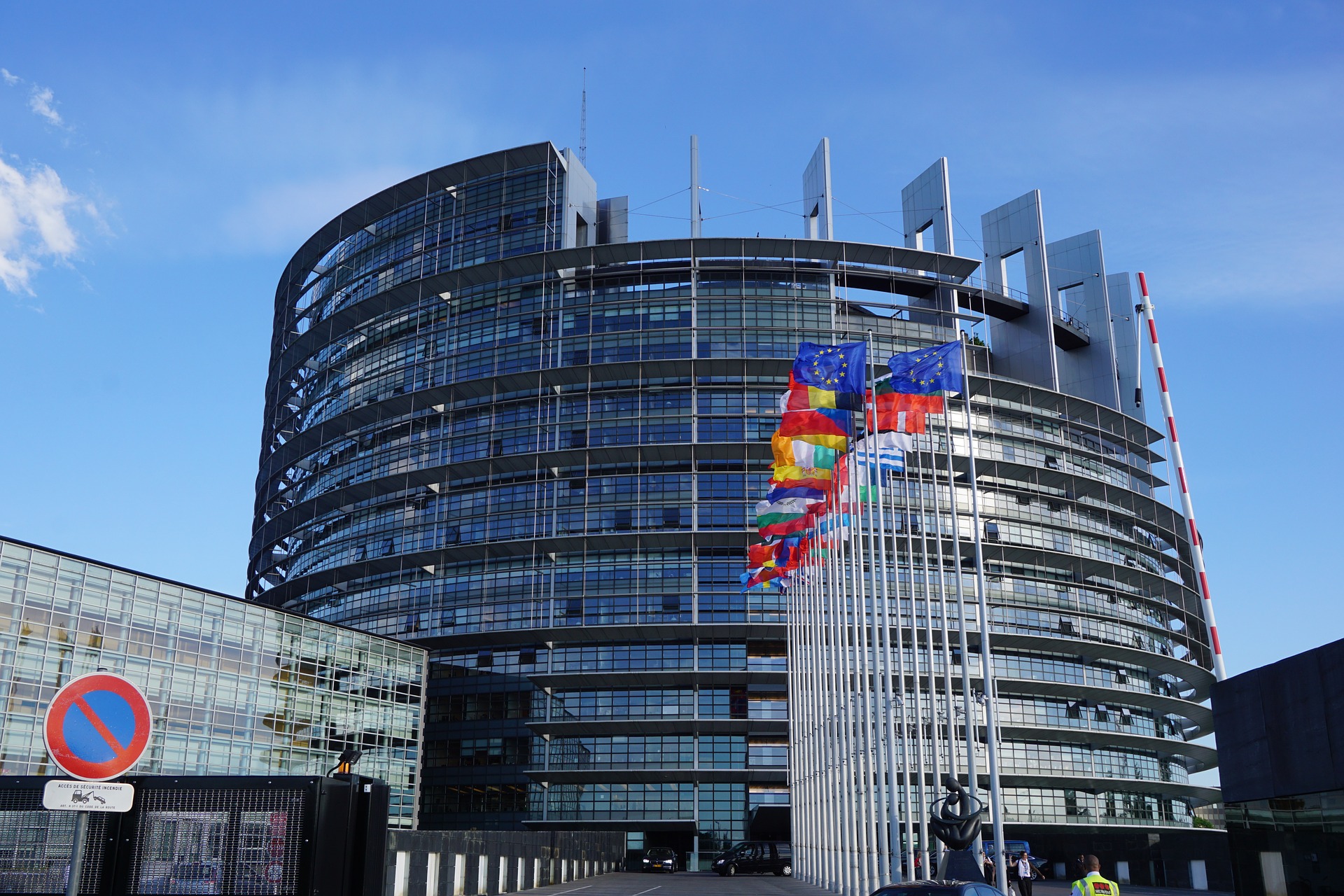Media Freedom Day & Media Freedom Act: What Freedom looks like to Europe’s media

Download the document
BRUSSELS, 3 MAY 2022. Today,broadcasters and streaming services around Europe celebrate Media Freedom Day[1]. As the European Commission drafts the European Media Freedom Act (EMFA), ACT, ABBRO, ACCeS, AKTV, ARCA, CONECTA, CRTV, LRA, UTECA and VÖP recall common principles to safeguard media pluralism, independence and sustainability. Any new regulations impacting audio-visual media should be assessed in light of general principles, such as media sustainability, to avoid regulatory conflicts and lack of coherence that negatively impact the media landscape. The EMFA should be an opportunity to develop a more holistic approach to media pluralism.
- Europe’s diversity means an EMFA based on subsidiarity, focusing on principles that are not intrusive. Any restrictions should be objectively justified, transparent, non-discriminatory, and proportionate to protect media freedom in Europe.
- EMFA should support the growth of European TV & VoD and in no way hinder it with anti-consolidation policies. Measures aimed at restricting the consolidation capacities of European broadcasters, or preventing the sector from innovating, scaling up and seeking new sources of revenues, would ultimately limit European media pluralism and reinforce the dominance of big tech companies that do not invest in European media.
- Help the sector diversify and grow by revisiting & limiting intrusive and outdated rules for media. Focus where cultural diversity and investment is most at risk, notably by increasing scrutiny of Big Tech media acquisitions affecting pluralism.
- Existing rules for the audio-visual sector should be applied proportionately. Additional minimum requirements at EU level which would have the potential of adding greater compliance costs to an already overly burdensome framework (eg AVMSD) should be avoided.
- Measures to ensure the visibility of AVMS providers’ news and content are necessary. Content must be protected from interferences by big tech companies.
- Independent audience measurement is key. Players subject to different regulatory regimes should not be included in the same “audience measurement basket” but instead be measured with separate but comparable currencies.
- Transparency of media ownership and state advertising is welcome. This could be useful particularly in light of the specific situation in some Member States.
- A reinforced role for ERGA. The MFA should seek to make the European Regulators Group for Audiovisual Media Services (ERGA) fully independent, staffed up and financed for a growing list of activities.
On this day of celebration, we are reminded that media freedom, pluralism and democracy require constant vigilance and support. Even in Europe, some authorities routinely interfere with media companies’ activities, their editorial independence and freedom to operate. The primary goal of the European Media Freedom Act must be to curtail unjustified restrictions by public authorities. We must however avoid that the measures in the EMFA end up limiting our ability to grow and compete in an environment where Big Tech continues to enjoy asymmetric rules and undermines the foundations of media pluralism.
ACT – ASSOCIATION OF COMMERCIAL TELEVISION & VIDEO ON DEMAND SERVICES IN EUROPE
ABBRO – ASSOCIATION OF BULGARIAN BROADCASTERS
ACCeS – ASSOCIATION DES CHAÎNES CONVENTIONNÉES ÉDITRICES DE SERVICES
ARCA – ROMANIAN ASSOCIATION FOR AUDIOVISUAL COMMUNICATIONS
AKTV – ASOCIACE KOMERČNÍCH TELEVIZÍ
CONECTA – CONSEJO ESPECIALISTA EN CANALES TEMÁTICOS ASOCIADOS
CRTV – CONFINDUSTRIA RADIO TELEVISIONI
UTECA – UNIÓN TELEVISIONES COMERCIALES EN ABIERTO
LRA – LATVIJAS RAIDORGANIZĀCIJU ASOCIĀCIJA
VÖP – ASSOCIATION OF AUSTRIAN COMMERCIAL BROADCASTERS
— END —
[1] Today is World Press Freedom Day, you can find more information at https://www.un.org/en/observances/press- freedom-day/background
[ssba-buttons]

